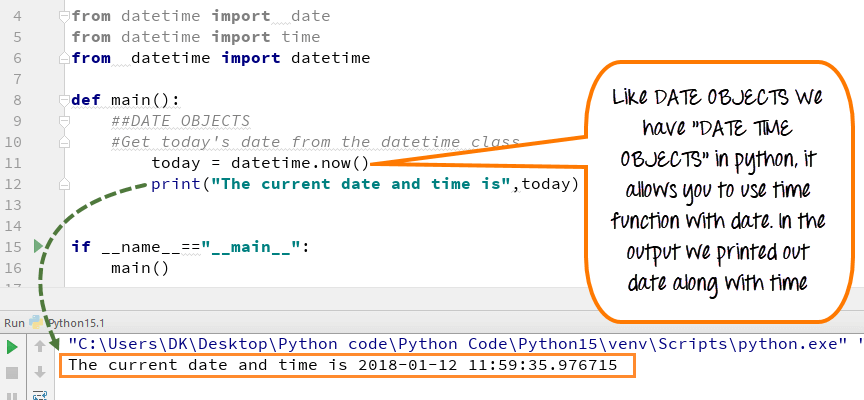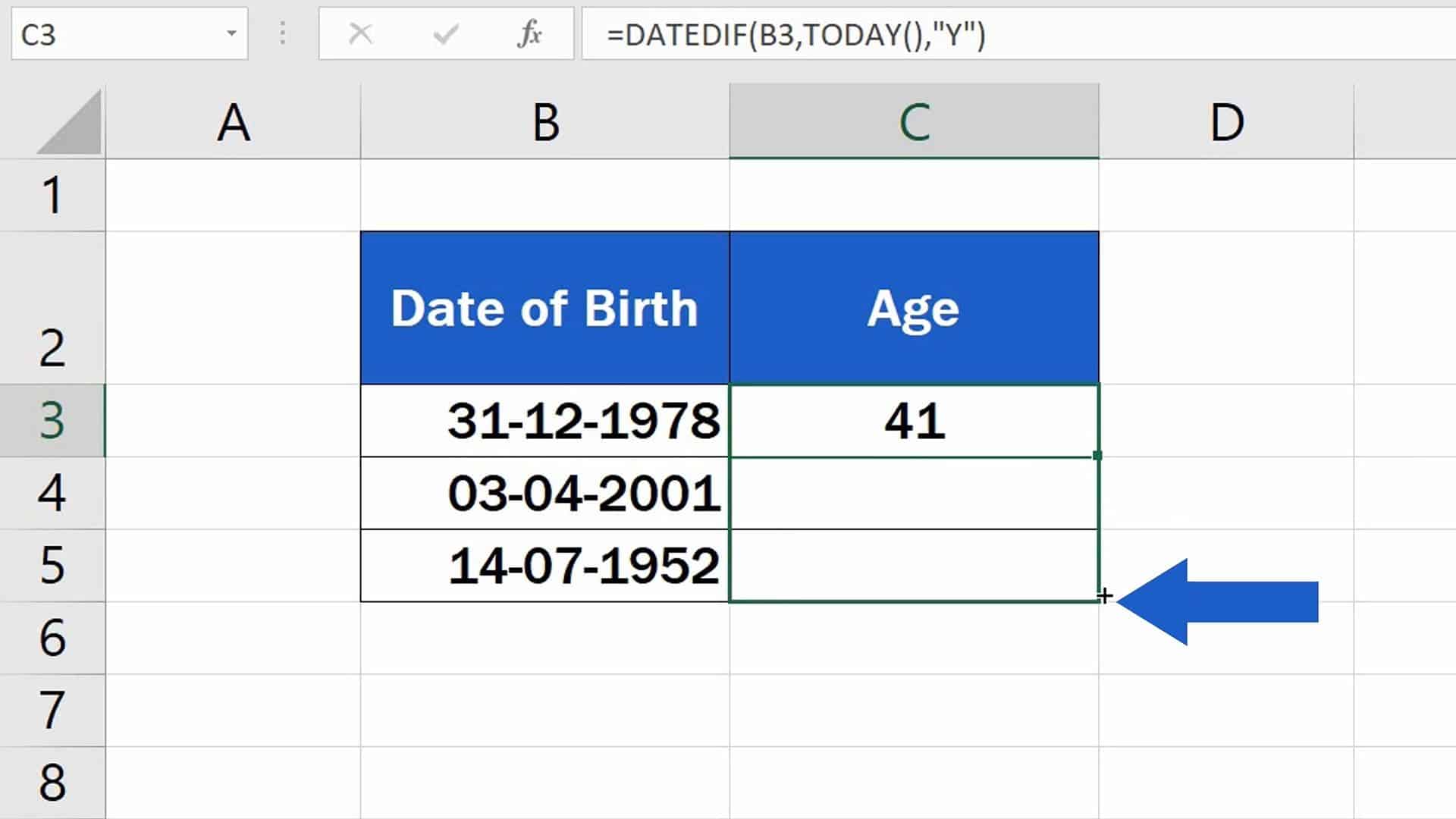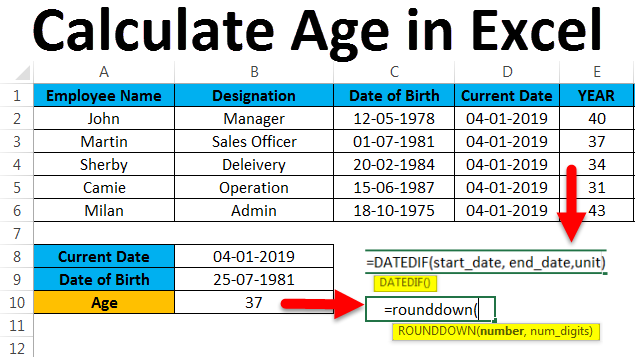Age Calculator In Python Presentation
| Introduction to Age Calculator in Python | ||
|---|---|---|
| Age calculator is a program that calculates the age of a person based on their birth date and the current date. It is a useful tool to determine someone's age for various purposes, such as verifying eligibility for certain services or events. Age calculation involves subtracting the birth year from the current year and accounting for any remaining months or days. | ||
| 1 | ||
| Gathering User Input | ||
|---|---|---|
| To calculate someone's age, we need to collect their birth date as input. In Python, we can use the `input()` function to prompt the user for their birth date. The input should be in a specific format, typically MM/ DD/ YYYY or DD/ MM/ YYYY, to ensure accurate calculation. | ||
| 2 | ||
| Converting Input to Date Objects | ||
|---|---|---|
| After gathering the birth date input, we need to convert it into a date object. Python provides the `datetime` module, which has a `datetime` class that allows us to work with dates. We can use the `datetime.strptime()` function to parse the input string and create a date object. | ||
| 3 | ||
| Calculating Age | ||
|---|---|---|
| Once we have the birth date as a date object, we can calculate the age by subtracting the birth year from the current year. Python provides the `date.today()` function from the `datetime` module to get the current date. We can then extract the year from both the birth date and current date objects and perform the subtraction. | ||
| 4 | ||
| Handling Leap Years | ||
|---|---|---|
| Leap years occur every four years, except for years divisible by 100 but not by 400. When calculating age, we need to account for leap years to ensure accurate results. Python's `datetime` module handles leap years automatically, so we don't have to worry about the extra day. | ||
| 5 | ||
| Displaying the Age | ||
|---|---|---|
| After calculating the age, we can display it to the user. We can use the `print()` function to show the calculated age as output. It is essential to format the output in a user-friendly way, such as "You are X years old." | ||
| 6 | ||
| Handling Invalid Input | ||
|---|---|---|
| Age calculator programs should handle invalid input gracefully. We can use exception handling to catch any errors that may occur during input parsing or calculation. By using try-except blocks, we can display error messages to the user and prompt them to enter valid input. | ||
| 7 | ||
| Testing the Age Calculator | ||
|---|---|---|
| It is crucial to test the age calculator program with different scenarios to ensure its accuracy. We can create test cases with known birth dates and compare the calculated ages with the expected results. By testing various inputs, including leap years and different date formats, we can verify that the program functions correctly. | ||
| 8 | ||
| Additional Functionality | ||
|---|---|---|
| Age calculator programs can be extended to provide additional functionalities, such as calculating the remaining days until the next birthday. Python's `datetime` module offers various methods and properties to manipulate and extract information from date objects. By exploring the module's documentation, we can expand the age calculator program's capabilities. | ||
| 9 | ||
| Conclusion | ||
|---|---|---|
| Age calculator programs in Python are valuable tools for determining someone's age based on their birth date and the current date. By collecting user input, converting it to date objects, and performing calculations, we can accurately calculate ages. Testing the program with different scenarios and handling invalid input ensures reliability and user-friendliness. | ||
| 10 | ||
| References (download PPTX file for details) | ||
|---|---|---|
| Python documentation: [https:// docs.python.o... W3Schools Python datetime tutorial: [https://... Real Python tutorial on working with dates an... |  | |
| 11 | ||









